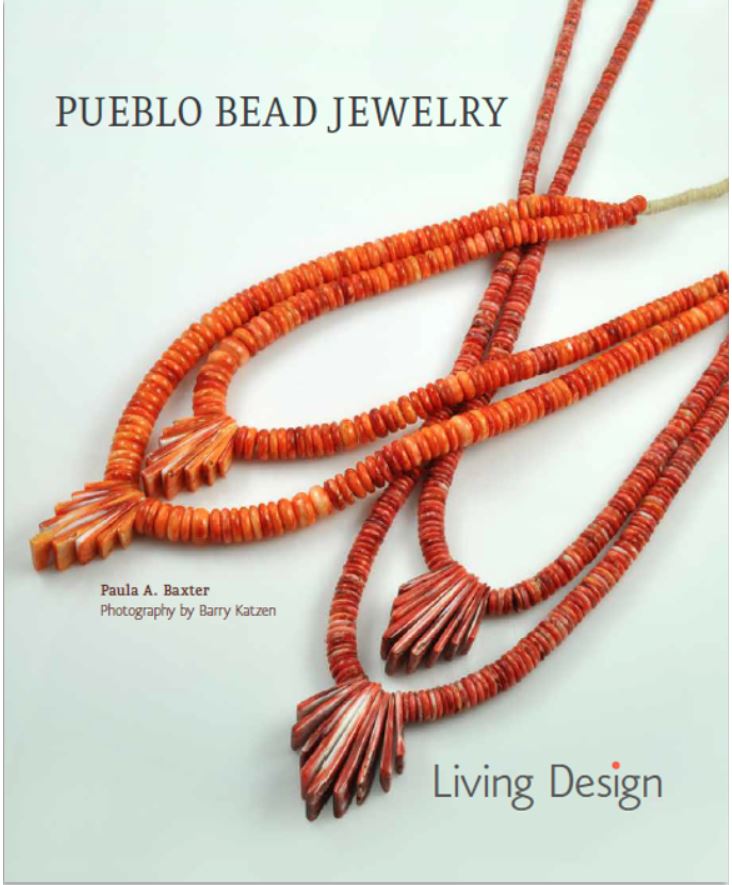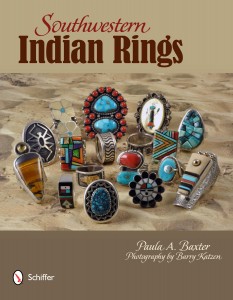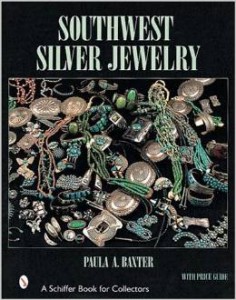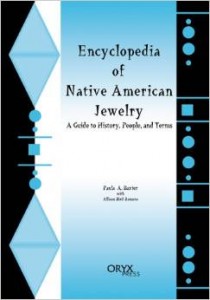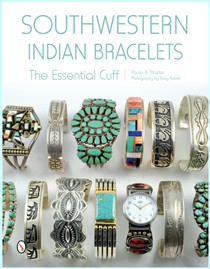As I get off the phone or e-mail with yet another concerned artist, I have to confirm that much consternation is being expressed over a splinter group of former SWAIA administors asking for an alternate version of the SWAIA Annual Indian Market.
Arts organizations around the U.S. have not done well in the aftermath of the Great Recession of 2008-9. SWAIA and IACA have undergone big changes in personnel and program planning. Indian arts can be considered luxury goods in a harsher economic environment. Many artists, collectors, and dealers are rightfully concerned about how viable the younger generation of collectors and consumers will turn out to be. Most collectors these days appear to belong to the age 40+ group…
Nevertheless, it’s important to look at the reasoning behind asking for a ninety-year-old tradition that has worked so well for so many to be broken or diminished in numbers. What exactly is to be gained by an alternative August Indian Market to be held over overlapping days to the regular Saturday and Sunday weekend, and in an unspecified location that may or may not be near downtown Santa Fe? When you begin to look at the individual artists who favor such a change, certain things become clearer. And I, among others, begin to feel concerned that certain media effects may have inadvertently encouraged divisions within the artistic ranks.
It seems the champions of this splinter show are those who may be considered “high end” in their status as artist. “High end” in this respect means those who can and do charge high prices for quality works which contain valuable materials and designs rendered with expertise and approval from the Indian arts market judging establishment. Many of these artists are at a point in their careers where art galleries are a better venue for their sales than the old-fashioned outdoor booth at SWAIA’s annual show. They may or may not have dealers who are ready to represent them, and plenty of collectors, including international consumers, who rush to purchase their latest creations. Are these artists going to do better in an Indian arts show which caters to their being part of a specific group with common features?
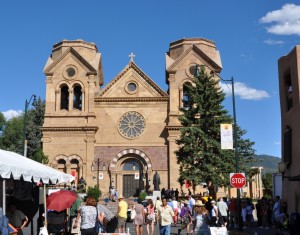 Santa Fe during Indian Market
Santa Fe during Indian Market
That’s a problem right there. Indian artists have endured too many years of competing with schlock souvenir goods that too many people see and think are legitimate. The years of discount sales, ones that still go on today at selected locations, have eroded buyer trust. When you bring those people who collect Indian arts but aren’t personally wealthy (like yours truly) to Indian Market, they aren’t looking for a bargain, but they are looking for something they can spend their money on with pride and pleasure. Why should those who can afford high end arts be the only ones who can count on getting value for their money? Collectors are better educated than they used to be.
(Part 3 of a series)
 Santa Fe Cathedral during Indian Market
Santa Fe Cathedral during Indian Market
Those who want to buy have had their enthusiasm strangled on two fronts:
- First, there are still too many eyewitness accounts of suspect materials appearing in jewelry; SWAIA has strict standards about this, and while I believe they are upholding them as best they can, it’s analogous to the situation where cops can’t catch and ticket all the texting/cell chatting drivers.
- Second, many artists are pricing their works too high. Yes, materials costs have gone up, but in an era where money is an issue again, only the very high-end artists can maintain their prices.
Maybe it’s time someone out in the Southwest organized a town hall or forum that addresses the realities of pricing. I worry that too many people think they entitled to getting higher prices right away, when time has shown that artist reputations are earned and not created overnight. Superstars like Cody Sanderson and Pat Pruitt put in a lot of time selling at reasonable prices to build a reputation for good quality designs.
(Part 2 of a series)
Reports have been coming in about this past SWAIA Indian Market in Santa Fe. Attendance was down and sales were fairly quiet. Some artists felt their sales either stayed the same as last year or were slightly reduced. Collectors reported that they generally felt that there were more mediocre arts on offer, and that designs and materials weren’t as innovative or satisfactory as they have been. Lots of people on either side of the booths claimed that prices were too high.
Santa Fe’s Indian Market was created in the early 1920s as a means of boosting Native earnings and enticing more people into collecting Native arts. SWAIA has had various ups and downs as manager of this important market. I don’t think they should take any blame for the recent disappointments of the markets—the economy is still a damper. However, two issues have emerged over the past few years.
(Part 1 of a series)
The creation and launch of the Institute of American Indian Arts (IAIA) in 1962 was an initiative of the Kennedy administration. The first American Indian college devoted to art, it was given a home in Santa Fe—a logical location in terms of the city’s appeal as a marketplace for Indian arts. The famous Indian Market, held there every August, had been started in 1992. IAIA started out with a stellar teaching faculty, including the likes of Lloyd Kiva New and Charles Loloma. One of the most important things that the school fostered was the concept of a shared identity among Native artists; you were connected not just by your tribal ties but your larger communal status as one of America’s first peoples.
